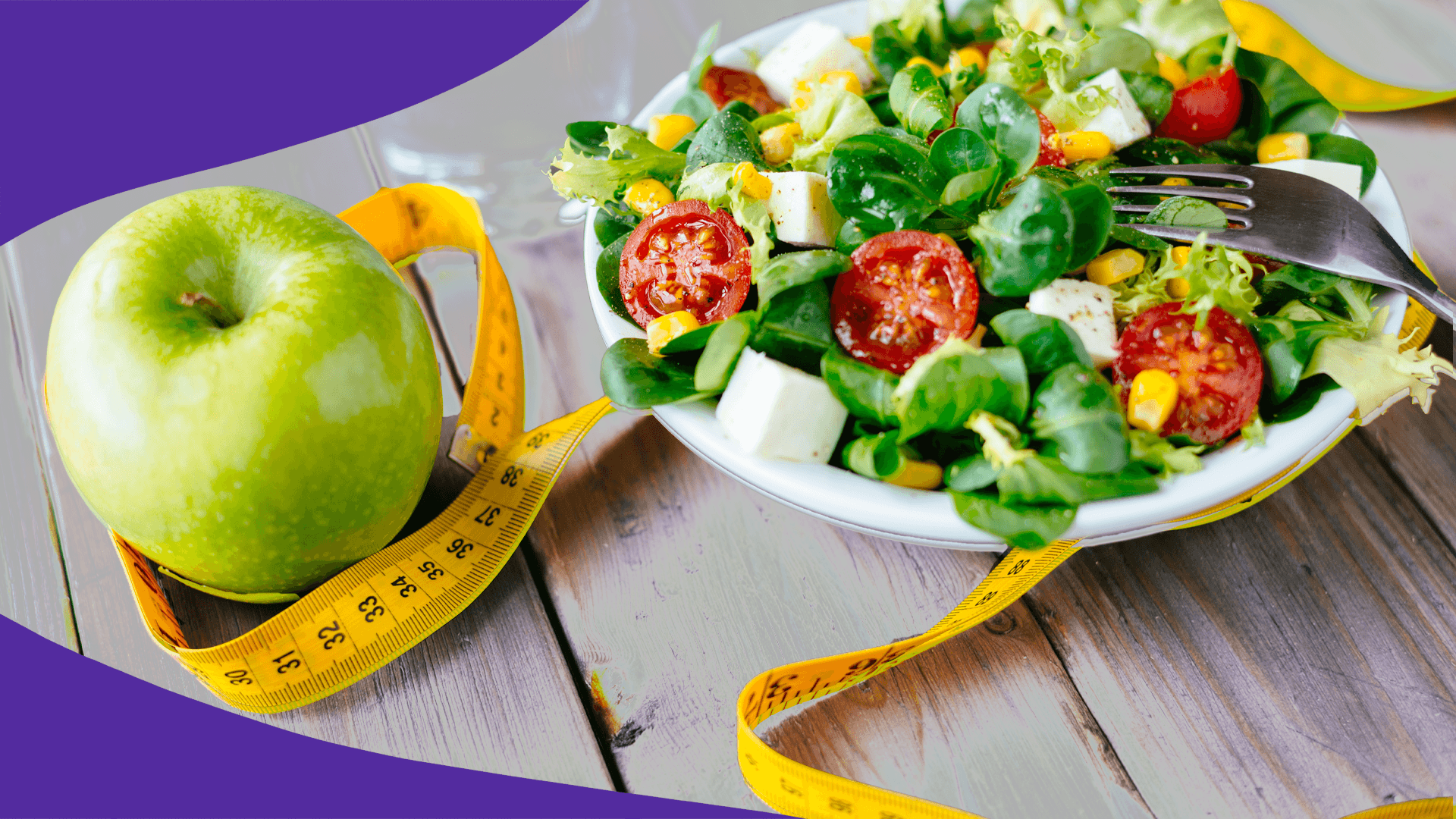Elimination diets have been used for years by allergists and qualified dietitians to assist clients to eliminate foods that are not well accepted. The gold standard for diagnosing food intolerances, sensitivities, and allergies through diet is an elimination diet. But while maintaining an elimination diet try to avoid those foods that can induce unpleasant effects. Rather try to start with those foods you can accept happily. Consuming foods with full satisfaction is very important for healthy living.

How does an elimination diet work?
Despite being referred to as a “diet,” it has nothing to do with traditional dieting or weight reduction. An elimination diet is a two-step procedure that takes three to eight weeks to complete. In order to ascertain whether certain foods are the cause of your reactions, you first remove any probable triggers from your diet before cautiously reintroducing them.
How to start with an elimination diet?
Keep behavior symptom records before beginning an elimination diet to help detect patterns between eating behaviors and symptoms. This will make it easier for you and your healthcare provider to decide which food or foods you should try to cut out. However, consult with your physician to start any diet when you are pregnant.

The phase of elimination
For a brief amount of time, usually two to three weeks, you must eliminate the foods you believe to be the cause of your symptoms during the elimination phase. Eliminate meals that you believe your body can’t handle as well as those known to bring on unpleasant symptoms. Nuts, corn, soy, dairy, citrus fruits, nightshade vegetables, wheat, gluten-containing foods, pork, eggs, and shellfish are a few of them.

The phase of reintroduction
In this stage, you can gradually add the foods you have cut out to your diet. Over the course of two to three days, you can take each food slowly while monitoring any symptoms.
